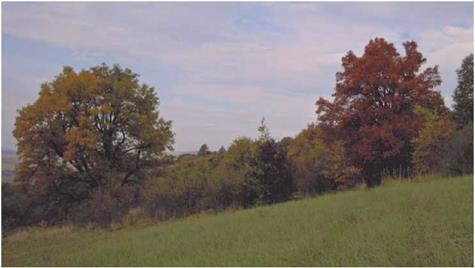Use of non-traditional woody plant species (species that are not commonly used) in landscape planning and landscape design is quite difficult. In the opinion of many professionals some stereotypes in dealing with urban trees remain with regard to the suitable and unsuitable species for urban environments. Such species are rare on plant markets because their propagation protocols have not yet been elaborated upon and the qualified sources of reproductive material are missing. There are also different opinions about the possibilities of establishment and utilization of tree species on particular stands.
The lack of information and data about growth rate, growth characteristics and maintenance management of non-traditional tree species is another reason why they are not included in landscape and urban plantings. The selection of woody plants established just on their ecological background is not appropriate for specific conditions with cumulative impact of various stresses. Also assessment of growth and physiological parameters directly on trees growing in the field or urban conditions does not give relevant results, because they are influenced by many barely quantified factors.
|
Fig. 1. Two individuals of Sorbus domestica on open stand with significantly different phenotypical traits of the crown architecture (shape, density and angle of branching) (Macekova, 2011). |
From the scientific point of view mainly the ecological criteria of selection, the adaptability of trees to local conditions and the functional aspects of trees in the urban environment are studied and evaluated. The ecophysiological characteristics of trees are effective tools for selection. The stress responses of woody plants are considered to be key to the selection criteria and to markers that can be used in tree improvement programmes for specific urban conditions. Although much information can be found on environmental tree physiology (Kozlowski et al., 1991), the stress physiology of urban trees has until now been rather overlooked (S*bo et al., 2005).
According to Ware (1994), extreme conditions of the original stand can be a good starting point for finding plants adapted to stressful urban environments. Drought is a significant factor influencing the existence and lifecycle of woody plants. However, taxa with similar ecological backgrounds (light-demanding and tolerant to water deficiency) probably use different strategies to overcome water stress impact (Paganova et al., 2010). Explanation of these mechanisms needs more experimental work and larger data files, as well as addition of information on other characteristics of drought impact such as changes of the assimilatory pigments, accumulation of osmoprotectants, water use efficiency (WUE), dynamics of the plant water regime parameters, structural leaf and root adaptations etc.




